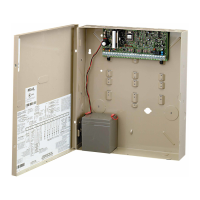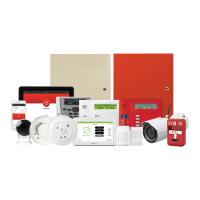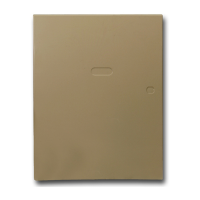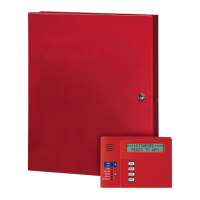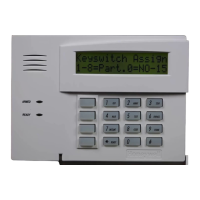VISTA-15P/20P/SIA Installation and Setup Guide
13
System Communication and Operation
Panel Communication with Central Station
This system accommodates several formats for reporting alarms and other system conditions to the Central Station.
The process of a successful transmission consists of both the method of communication between the control panel
and the Central Station receiver; and the actual way the information is sent and displayed at the Central Station.
When the panel calls the Central Station receiver, it waits to hear a “handshake” frequency from the receiver to
confirm that the receiver is on-line and ready to receive its message. Once the panel hears the handshake it is
programmed to listen for, it sends its message. The panel then waits for a “kissoff” frequency from the receiver
acknowledging that the message was received and understood.
If the handshake frequency is not given or is not understood by the panel, the panel will not send its message. Once
the handshake frequency is received and understood by the panel, the panel sends its message. If there is an error
in the transmission (the receiver does not receive a “valid” message), the kissoff frequency is not given by the
Central Station receiver.
The panel makes a total of eight attempts to the primary telephone number and eight attempts to the secondary
telephone number (if programmed) to get a valid message through. If the panel is not successful after its numerous
attempts, the keypad displays COMM. FAILURE (on alpha keypads) or FC (on fixed-word keypads).
Report Code Formats
The following chart indicates the types of (handshake/kissoff) frequencies that the panel supports and the different
formats that can be sent with each.
Comprises a 3- (or 4-) digit subscriber number and a single-digit report
code (e.g., Alarm, Trouble, Restore, Open, Close, etc).
Comprises a 3- (or 4-) digit subscriber number and a two-digit report code.
The first digit is displayed on the first line. On the second line, it is repeated
3 (or 4) times and is followed by the second digit. This is the “expanded”
digit.
Comprises a 4- or 10-digit subscriber number (depending on format
selected), 1-digit event qualifier (“new” or “restore”), 3-digit event code, and
3-digit zone number, user number, or system status number (see the
following page).

